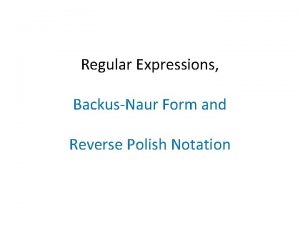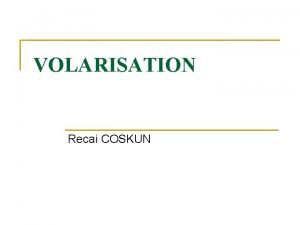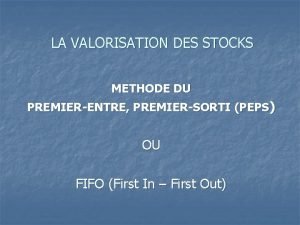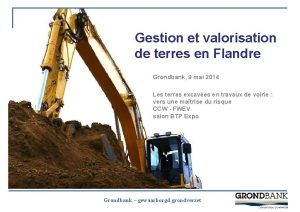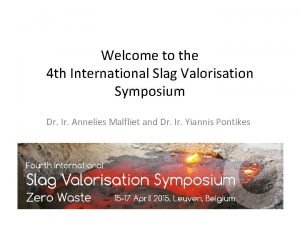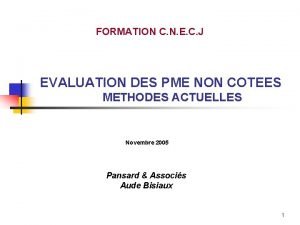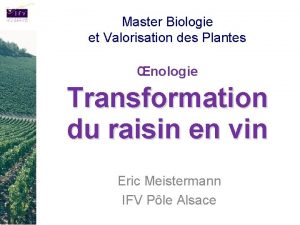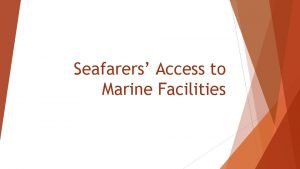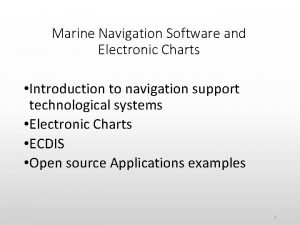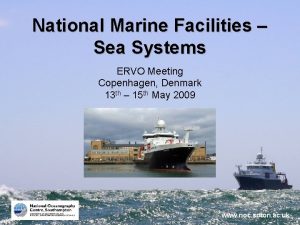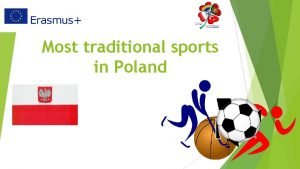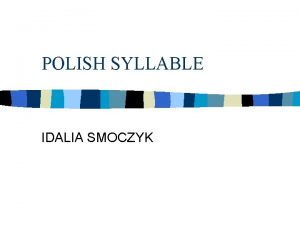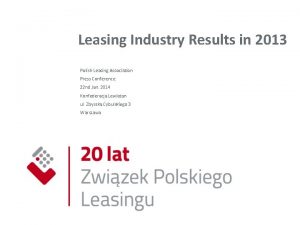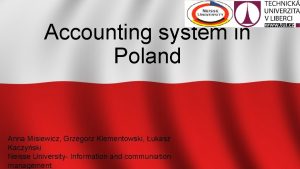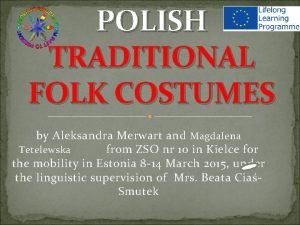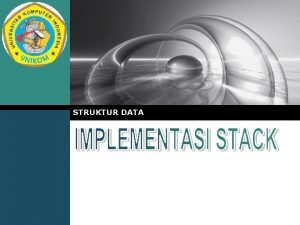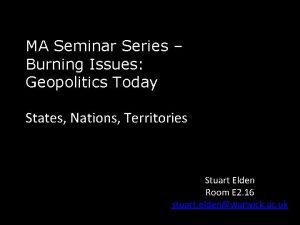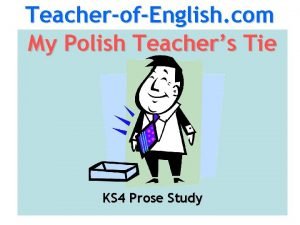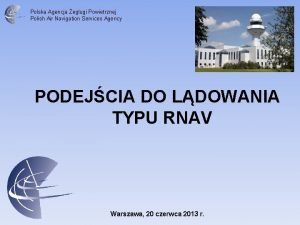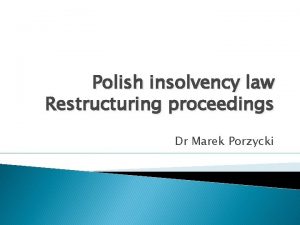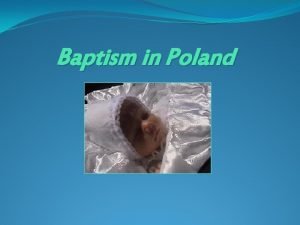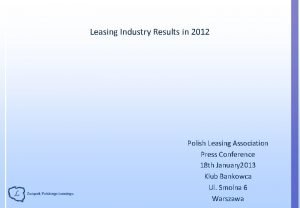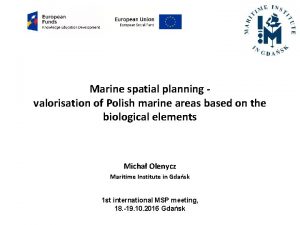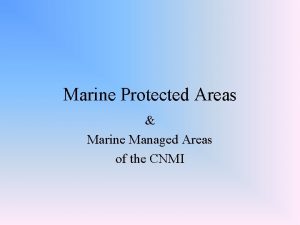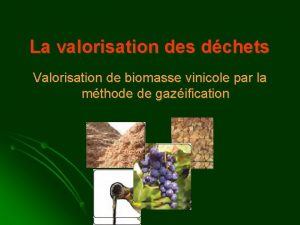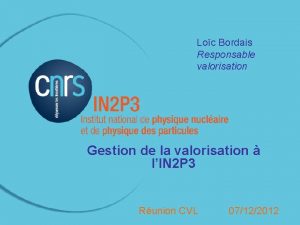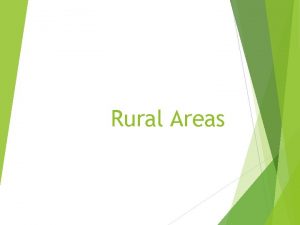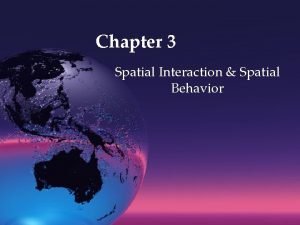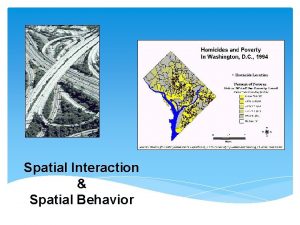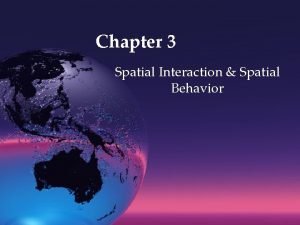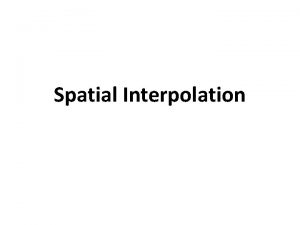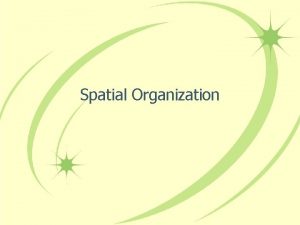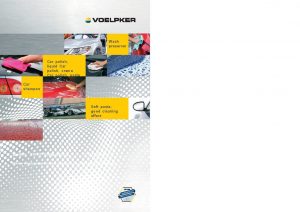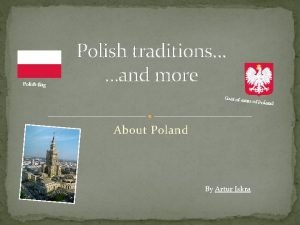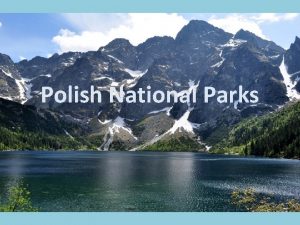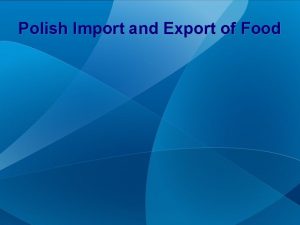Marine spatial planning valorisation of Polish marine areas













































- Slides: 45

Marine spatial planning valorisation of Polish marine areas based on the biological elements Michał Olenycz Maritime Institute in Gdańsk 1 st international MSP meeting, 18. -19. 10. 2016 Gdańsk

Marine spatial planning and the marine environment – friends or foes? Economic Interests Social Interests Environmental Interests

Marine spatial planning and the marine environment – friends or foes? Economic Interests Social Interests Environmental Interests

Marine spatial planning and the marine environment – friends or foes? Economic Interests Social Interests Environmental Interests these two were and are priorities

Marine spatial planning and the marine environment – friends or foes? The guiding principle of spatial development of the sea areas (in acc. with HELCOM-VASAB) - ecosystem approach! Reconciliation of economic, social and environmental interests. Maritime spatial planning is promoted and recommended by the Marine Strategy Framework Directive.

Marine spatial planning and the marine environment – friends or foes? The Marine Directive imposes on the Member States the obligation to achieve a good environmental status (GES) of EU marine waters by 2020. The ecosystem approach in marine spatial planning ensures that pressure exerted by human activity does not prevent the achievement of GES. From that point of view, maritime spatial planning is perceived as a useful tool for achieving good environmental status. So, friends or foes? Friends!

Valorisation of the natural environment – scope of analysis Valorisation of Polish marine areas was based on: • habitats, • macrophytes (marine benthic plants), • macrozoobenthos (marine benthic animals), • ichtyofauna, • avifauna, • marine mammals. Baseline for marine spatial plan: Study of Conditions of Spatial Development of Polish Sea Areas (2015).

Valorisation of the natural environment – scope of analysis The valorisation included both quantitative and qualitative criteria/data. [Derous et al. 2007, Natural conditions of spatial plans… 2008, Węsławski et al. 2009] The quantitative criteria: • the number of species (biodiversity), • the abundance and biomass of species. The qualitative criteria: • the rarity of a species/habitat (uniqueness), • naturalness (degree to which a species complex/habitat is conserved in unchanged form), • presence of protected species/habitats, • relevance of species/habitats for ecosystems functioning.

Valorisation of the natural environment – scope of data Data used in valorization based on biota came from: • the State Environmental Monitoring (macrophytes, macrozoobenthos, ichtyofauna and avifauna); • inventory research for the needs of developing the protection plans for Natura 2000 areas in Polish marine areas (macrophytes, macrozoobenthos, ichtyofauna, avifauna and marine mammals); • international project BRISK (avifauna); • international project SAMBAH (marine mammals); • online database of The Hel Marine Station of the UG Institute of Oceanography (marine mammals); • online database of project “Protection of habitats of marine mammals and birds” realised by WWF Poland (marine mammals), • MIG research projects (macrophytes, macrozoobenthos, ichtyofauna), • literature (macrophytes, macrozoobenthos, ichtyofauna, avifauna and marine mammals).

Habitats - criteria of valorisation Habitats calssification in Polish marine areas was based on EUNIS habitat classification. At the third level of the EUNIS habitat classification system, based only on sediment characteristics, 5 habitats are distinguished in the Polish sea areas: • coarse-grained deposits (A 5. 1), • sands (A 5. 2), • muds – fine sediments (below 0. 63 mm) (A 5. 3), • mixites (A 5. 4) — mixed sediments (sand, mud, gravel), • mosaic substratum (X 32)

Habitats - criteria of valorisation hard immobile substratum (A 3)

Macrophytes - criteria of valorisation • occurrence of plant communities, • occurrence of rare and protected species, • dominance of eutrophication indicator species in the biomass.

Macrophytes - valorisation

Macrophytes Criterion of valorisation Existence of communities Puck Bay Green algae communities (2 species) Vascular plants communities (3 species) Stone and boulder field on Slupsk Bank Stone and boulder fields off Rowy Red algae communities (4 species) Red algae communities (2 species) Occurrence of protected species 8 species 3 species 4 species Occurrence of rare species 6 species 4 species Dominance in biomass of eutrophication indicator species 5 species - -

Macrophytes - threats Threats for macrophytes in the Puck Bay, on stones and boulders on the Slupsk Bank and near Rowy • disturbing the seabed (habitat) (i. e. extraction of natural aggregates, marine wind farms construction and linear investments), • water and sediment, • discharges of biogenic compounds from point and nonpoint sources (The Puck Bay specific).

Macrozoobenthos - criteria of valorisation • rareness of occurrence of a habitat/species, • naturalness of habitat/community, • significance of a habitat/community for ecological processes.

Macrozoobenthos - criteria of valorisation

Macrozoobenthos - valorisation Criterion of valorisation Inner part of the Puck Bay Boulder field in the Słupsk Bank Slupsk Furrow Rareness of occurrence of a habitat/species the only shallow water region with lagoon characteristics and salinity typical for the coastal zone of the southern Baltic Sea the only region in the Polish marine areas having an area of just over 100 km 2, with bottom covered by boulders and cobbles main channel through which the saline and well oxidized water from the North Sea flows towards the Gdansk and Gotland Deeps - far from industrial centers, large cities, river estuaries The diversity of seabed habitats causes that macrozoobenthos is characterised by high taxonomical diversification. Many species, e. g. four species of molluscs, are a food base for sea birds. Small crustaceans inhabiting macrophyte fields and nectobenthos are the main component of fish food a high degree of taxonomical diversification and abundance of macrozoobenthos. Therefore, the boulder field is a natural feeding area for sea birds and demersal fish The inflows, moving to the east through the Slupsk Furrow, are very important for macrozoobenthos inhabiting the bottom below the halocline, especially in the South Baltic deeps Naturalness of habitat/community Significance of a habitat/community for ecological processes

Macrozoobenthos - threats Threats for macrozoobenthos in the Puck Bay, on stones and boulders on the Slupsk Bank and in Slupsk Furrow • disturbing the seabed (habitat) (i. e. extraction of natural aggregates, marine wind farms construction and linear investments), • water and sediment pollution, • invasive species, • Increased concentration of organic matter in the deposits could cause a change of the present qualitative and quantitative structure of macrozoobenthos.

Ichtyofauna - criteria of valorisation Qualitative criteria which take into account the role fulfilled by areas important for development of the ichthyofauna: • feeding, • breeding, • migratory.

Ichtyofauna - criteria of valorisation

Ichtyofauna - criteria of valorisation

Ichtyofauna - criteria of valorisation

Ichtyofauna – criteria of valorisation The natural value of the identified areas changes seasonally depending on the number of criteria/functions fulfilled by the area. Their seasonal significance was taken into account. Values of classification criteria: • 3 – very high: when all the criteria are fulfilled; • 2 – high: when two out of three criteria are fulfilled; • 1 – average: when one out of three criteria is fulfilled; • 0 – low value: when none of the criteria is fulfilled.

Ichtyofauna – valorisation

Ichtyofauna – valorisation

Ichtyofauna – valorisation

Ichtyofauna – valorisation

Ichtyofauna – threats Threats for ichtyofauna: • water pollution, • disturbing the seabed (habitat) (i. e. extraction of natural aggregates, marine wind farms construction and linear investments), • intensive fishing, • blocking of migration routes of bi-environmental fish.

Avifauna - criteria of valorisation The valorisation of Polish marine areas based on the avifauna included the data characterizing: • wintering locations; • resting areas of migratory birds; • nesting areas.

Avifauna - criteria of valorisation In the designation of areas important for avifauna, the following criteria were taken into account: • occurrence of rare or/and in danger of extinction species, • occurrence of protected species (including species listed in the Appendix I of the Birds Directive), • high number of birds.

Avifauna - criteria of valorisation

Avifauna - criteria of valorisation

Avifauna - criteria of valorisation

Avifauna - valorisation

Avifauna - valorisation

Avifauna - threats • by-catch in fishing nets, • growing tourism activity (growing number of fast moving vessels, development of infrastructure e. g. marinas, havens, etc. ), (the Puck Bay specific), • growing tourism activity and human penetration of the sandbanks with breeding colonies of birds (sandbanks in the Vistua River mouth), • water pollution and potential oil spills, • periodically conducted flood protection and icebreaking works in the river mouth (sandbanks in the Vistua River mouth specific), • construction of wind farms on bird migration routes (the Slupsk Bank and the Pomeranian Bay specific), • high density vessel traffic (the Puck Bay and the Pomeranian Bay specific).

Marine mammals – criteria of valorisation • all the species of marine mammals occurring in Polish sea areas belong to the Baltic populations, which migrate over almost the whole Baltic Sea; • during the last centuries populations of Baltic marine mammals have decreased and at present they are on the brink of extinction (harbour porpoise) or revival (grey seal, harbour seal, ringed seal). • the MSP should take into account the existence and state of secluded beaches and sandbanks, which are not part of Polish sea areas but are a refuge for seals during the resting, molting and breeding periods.

Marine mammals – valorisation

Marine mammals – threats Threats in Polish marine areas (as whole): Seals • disruption of peace and safety in land sea habitats, • by-catch in fishing nets, • water pollution. Porpoise • by-catch in fishing nets, • underwater noise, • disruption of peace and safety in sea habitats, • water porllution.

Valorisation based on the biological elements – summary The most valuable areas in Polish marine areas (in relation to the biological elements): • • • the Puck Bay, the Slupsk Bank, the Pomeranian Bay, the Vistula River Estuary, coastal zone (to the depth of 10 m);

Protected areas in Polish EEZ In Polish sea areas there are basins of significant importance for the good state of macrophytes, macrozoobenthos, ichthyofauna, avifauna and sea mammals. Most valuable regions coincide with areas protected by the Nature Conservation Act, and these areas must be taken into consideration by the marine spatial plan of Polish sea areas. Protected areas in Polish EEZ: • 6 Special Areas of Conservation (Natura 2000 area), • 4 Special Protection Areas (Natura 2000 area), • 2 national parks, • 1 lanscape park.

Protected areas in Polish EEZ

Recommendations for the Marine Spatial Plan The MSP should take into account the importance for protection of the Slupsk Furrow (area valuable for macrozoobenthos) and East Border Waters (important area for wintering birds). Activities which could result in deterioration of the ecological state of these waters should be prevented. It should be bear in mind that the time factor is equally important as space factor in nature protection. The MSP should take into account the existence and state of secluded beaches and sandbanks, which are not part of Polish sea areas but are a refuge for seals during the resting, molting and breeding periods and also nesting areas of birds.

Thank you for your attention
 Polish notation
Polish notation What is polish notation
What is polish notation Valorisation
Valorisation Methode de valorisation des stock
Methode de valorisation des stock Valorisation des terres
Valorisation des terres Slag valorisation symposium 2021
Slag valorisation symposium 2021 Observatoire ccef de la valorisation des pme non cotées
Observatoire ccef de la valorisation des pme non cotées Bouchon nomacorc
Bouchon nomacorc Oflinemaps
Oflinemaps Boosterism tourism
Boosterism tourism Marine facilities planning
Marine facilities planning Marine navigation software
Marine navigation software Marine facilities planning
Marine facilities planning Traditional polish sports
Traditional polish sports What is name day in poland
What is name day in poland Polish syllable structure
Polish syllable structure Ketchup joke pulp fiction
Ketchup joke pulp fiction Polish bank association
Polish bank association Polish leasing association
Polish leasing association Reverse polish notation calculator
Reverse polish notation calculator Urban legends poland
Urban legends poland Where is poland
Where is poland Polish education system
Polish education system Polish people fighting
Polish people fighting Polish accounting act
Polish accounting act Describe the chemistry and main ingredients of uv gels
Describe the chemistry and main ingredients of uv gels Poland costume boy
Poland costume boy Notasi polish
Notasi polish Assure body polish benefits
Assure body polish benefits Polish corridor
Polish corridor What is a mechanical mixture
What is a mechanical mixture Jan alojzy matejko
Jan alojzy matejko Keva nail polish
Keva nail polish Keva she care cream
Keva she care cream My polish teacher tie
My polish teacher tie Nawigacja konwencjonalna
Nawigacja konwencjonalna Polish national symbols
Polish national symbols Polish pork chops
Polish pork chops Little polish boy
Little polish boy Polish restructuring law
Polish restructuring law Tradition dictates
Tradition dictates Polish bank association
Polish bank association Polish legends: the dragon
Polish legends: the dragon Polish leasing association
Polish leasing association To the little polish boy standing with his arms up
To the little polish boy standing with his arms up Polish tongue twister beetle
Polish tongue twister beetle
